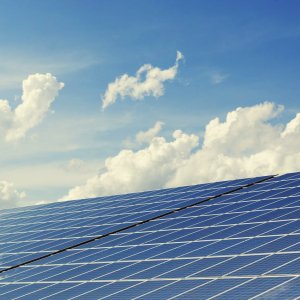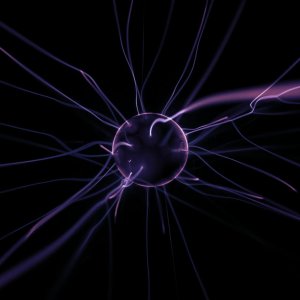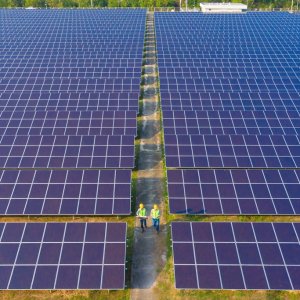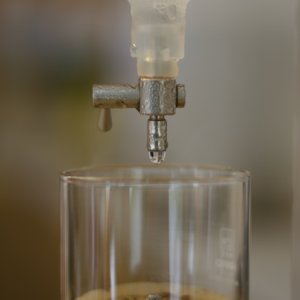
Solar Panel Developments Lead to World Record Efficiency
 By Cas Biekmann | Journalist and Industry Analyst -
Tue, 04/21/2020 - 12:32
By Cas Biekmann | Journalist and Industry Analyst -
Tue, 04/21/2020 - 12:32
In the past month alone, multiple significant developments regarding solar panels were announced, once again proving that renewables will only become more attractive as technology breaks through.
Two of these solar developments come from scientists at the National Renewable Energy Laboratory (NREL) in the US, reported Science Alert. Their main development is a “six-junction” solar cell, that manages to convert intensified light into electricity, with an efficiency of 47.1 percent. It is a world record for efficiency under the conditions of concentrated light that has beat the previous record by 1 percent. Concentrated light means that sunlight is focused until it is around 143 times stronger than regular sunlight.
Nonetheless, the solar cell shows extraordinary performance placed under the regular sun as well. Here, a second record was broken as the cell reached 39.2 percent efficiency without intensifying light. What makes the cell so efficient has to do within its six junctions, each one adapted at soaking up a particular range of light, while being thinner than 0.1 mm. Science Alert quoted John Geisz at NREL, who stressed the magnificent multi-junction solar cells have reached 50 percent efficiency. This number is considered the striving goal, as laws of thermodynamics would never allow for efficiency close to a 100 percent.
Another significant development is a tandem perovskite solar cell with 26 percent efficiency. This development stems from researchers at Arizona State University, reported PV Magazine. The cell extends the path length of long-wavelength light within the silicon. Reflection loss is reduced because of this. “We thus expect that this tandem architecture is poised to be adopted by silicon solar cell manufacturers that are hunting for tandem technologies with low required capital expenditures, the potential for rapid scaling and minimum modification of their silicon cells,” said the developers to PV Magazine.
Engineers at the Helmholtz-Zentrum in Berlin created a new kind of tandem cell as well. The cell is made from stacked silicon and perovskite and reached a 24.16 percent efficiency. "This combination is also extremely lightweight and stable against irradiation, and could be suitable for applications in satellite technology in space," said Steve Albrecht to Science Alert. Even more developments were announced by researchers at Monash University in Australia that are considered both extremely light and very flexible. Although the 13 percent efficiency it boasts makes it less interesting for panels, researchers say it can revolutionize wearable tech for the future. It retains 90 percent of its efficiency even after 1,000 bending cycles. Furthermore, it is light enough to be supported by a flower petal.
The last two inventions have the benefit that they are cheap to produce, meaning that companies seeking to produce at scale via conventional printing technology are likely to adapt the developments without many obstacles. The first invention does not mention any particular cost efficiency or easy scalability, although energy matters suggested switching to concentrated sunlight for solar power plants. This is because there is less expensive material needed as the sunlight is concentrated on fewer panels using cheaper mirrors.
















